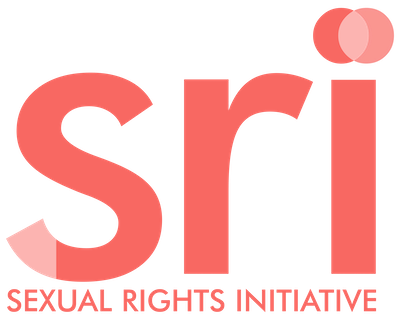Session
National Report
Para 8) The Traditional and Khoi-San Leadership Act 3 of 2019 is fully aligned with the South African Constitution and international human rights instruments obligations. Constitutional principles such as those contained in the Bill of Rights are promoted and emphasised throughout the Act. The Act provides an enabling legislation for formal recognition of the Khoi-San leaders, communities, and structures which is unprecedented in the history of South Africa. The Act deals with matters of traditional leadership and institutions as referred to in sections 211 and 212 of the Constitution. The Act promotes … advance gender equality within the institutions of traditional and Khoi-San leadership;
Para 30) The Minister of Justice issued Regulations Relating to Protected Disclosures, 2018, to give effect to the amended section 8(1) of the Protected Disclosure Act. The amendment to section 8 increased the list of entities to which a protected disclosure can be made. Such include, the South African Human Rights Commission, the Commission for Gender Equality,
Para 34) … during 2020/21, a Special Covid-19 Social Relief package estimated at R55 billion was implemented to assist lower income household during the pandemic. This included a new grant for those between the ages of 18 and 60 and caregivers allowance for those receiving a Child Support Grant, whom are mostly women. While this was a temporary relief measure, the new grant, with some amendment to improve the gender aspects of the grant, was extended to March 2022; and the government is engaged in ongoing dialogue around the possibility of providing more permanent social assistance for this cohort. Over 60% of those who accessed the grant were youth.
Para 55) Cabinet supports the land reform programme and has established an Inter-Ministerial Committee (IMC) chaired by the Deputy President to look to all matters that affect land reform. From 2017 until 2021, the Department of Agriculture, Land Reform and Rural Development (DALRRD) has acquired 299,000 ha through land redistribution and tenure reform programmes. A total of 243,000 ha has been allocated to 972 individuals, where 64 000 hectares was allocated to 320 women, … Although the focus is in redressing the land inequality between white and black South Africans, the program also prioritises women, youth and persons living with disabilities under a programme called Proactive Land Acquisition Strategy.
Para 73) In line with its commitment to gender equality, South Africa developed its National Policy Framework for Women’s Empowerment and Gender Equality, which has been the guiding beacon for the development and advancement of women and girls in the country. Government also developed a Gender Policy Framework for Local Government, as well as the National Strategic Framework for Women’s Economic Empowerment, among other sectoral policies and strategies guiding the mainstreaming of gender considerations across the work of government.
Para 74) Considerable progress has been noted in the participation of women in various sectors such as political, public service and the judiciary. After the 2019 elections 46% of the Members of Parliament in the National Assembly are female and 50% of the cabinet is female. All the speakers in the national and provincial legislatures are women. Table 7 provides a comparative view of women in political life from 2004 to 2019.
Para 75) With regards to the number of women in the judiciary, in 2019 some 38,8 % of the permanent judges were female. Table 8 sets out the racial and gender of the 250 permanent judges.
Para 76) With regards to inequality as experienced by the sex of the household head, a report released by Stats SA in 2019 shows the various inequality measures based on per capita expenditure by sex of household head (2006, 2009, 2011 & 2015) …
State under Review
Issues
National Report
Stakeholder Summary
Para 46) LRC-Edu noted reports that girls were more likely to drop out of school than boys, due to school fees, family responsibilities, negative stereotypes about girls’ abilities, and lack of access to hygiene products.
Para 58) JS14 asserted that poor child development and perpetuation of inter-generational inequality along historical fault lines of … gender, had been aggravated by the pandemic.
Stakeholder Summary
UN Compilation
UN Compilation
Para 7) CEDAW noted the limited resources of the Commission for Gender Equality.
Para 28) [CESCR] was concerned at the gender pay gap, and that labour laws and collective agreements did not incorporate the principle of equal pay for work of equal value.
Para 33) The United Nations country team reported that trends in poverty reduction had been reversed, exacerbated by the COVID-19 pandemic, with the most vulnerable being … women …
Para 38) [CESCR] expressed concern that land concentration had increased and women owned only 13 per cent of agricultural land.
Para 58) Noting that women’s representation in local government and the judiciary remained low …
